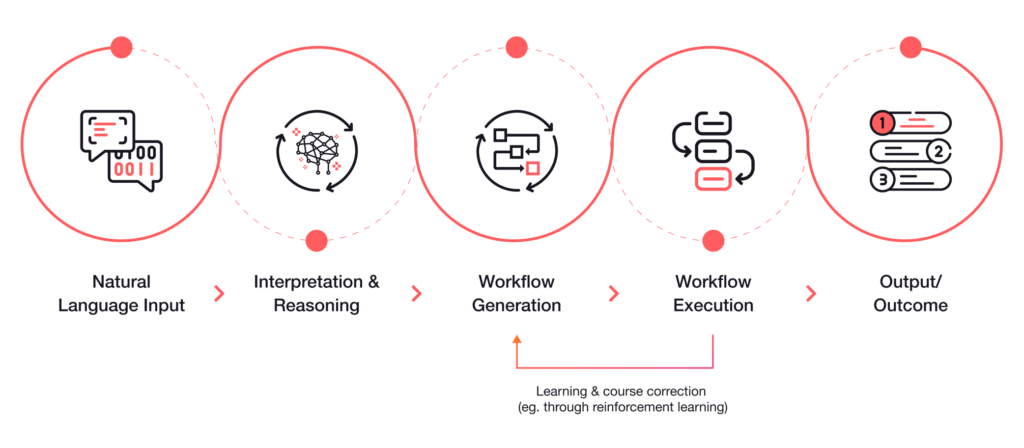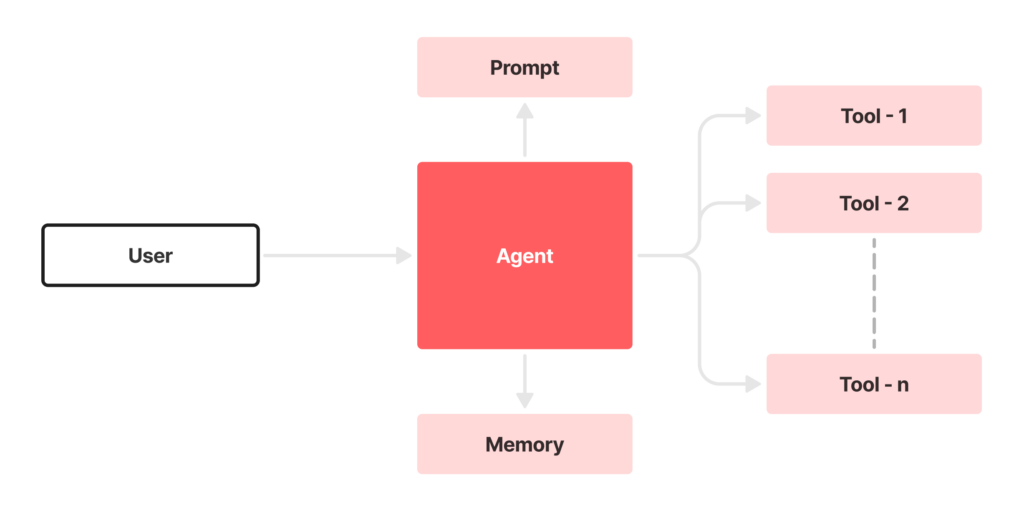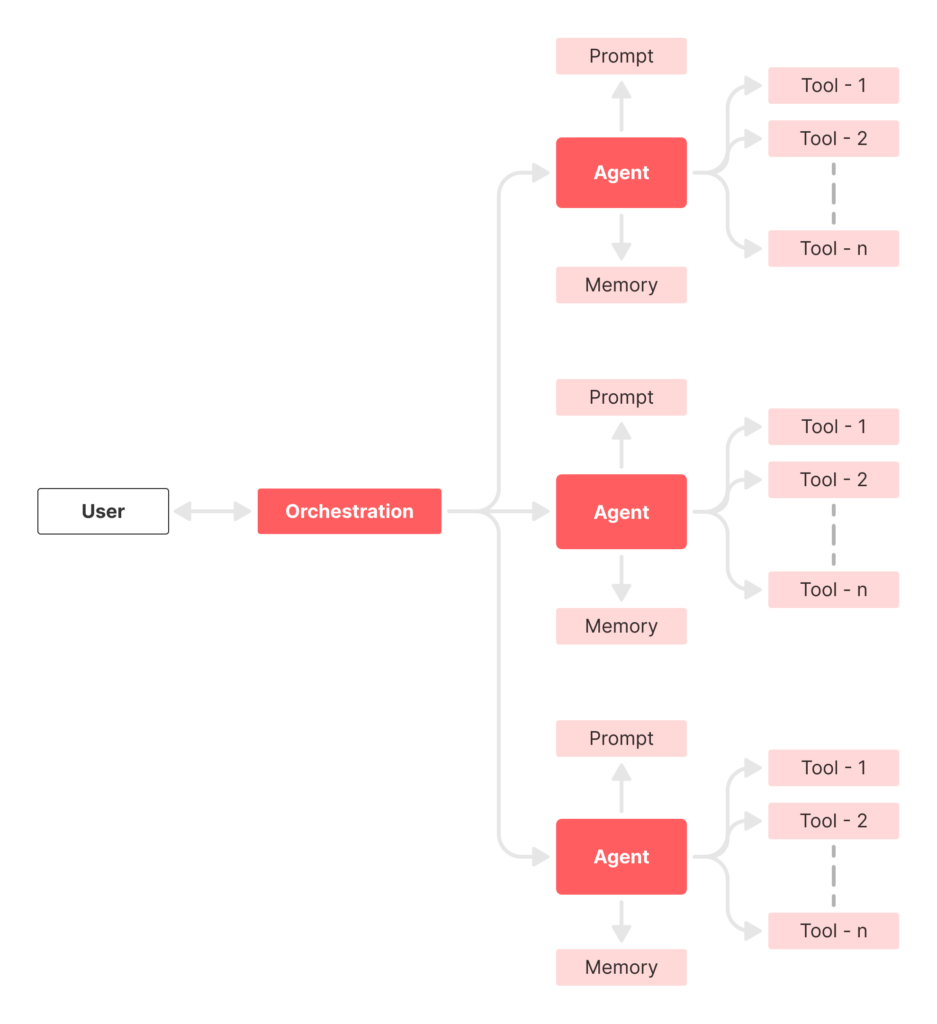The Greenlanders cast their ballots. Anders Visited, a Danish member of the European Parliament, issued a message last week that was nearly as explicit as theirs: "Mr. Trump, f*** off."
Qulleq, the only party whose leader claims to believe in Donald Trump, with roughly 1% of the vote after the bulk of votes have been tabulated. On the other extreme, with almost 30% of the vote, the Demokraatit Party is seen as the election victor.
Before the election, Democratic leader Jens-Frederik Nielsen expressed his hope that
Greenlanders would make it clear to Trump that Greenland is not for sale, calling Trump's remarks "a danger to our political independence."
"We would rather not be Americans. No, being Danes is not what we desire. Our goal is to become Greenlanders. Additionally, we hope to become independent in the future. And we do not want his hope; we want to construct our own nation on our own.
However, what is it about the Greenlanders' insistence that "Greenland is not for sale" that Trump finds incomprehensible? Why is not he fulfilling his pledges to protect Greenlanders and make them wealthy?
Greenland Is The Answer To Very Different Questions
When Trump looks at Greenland, he clearly sees something different than what the Greenlanders see. While Trump sees an opportunity, the Greenlanders see the reality of their everyday lives. For Trump, Greenland is the answer to “What do I want?” and “How do I get it?” For the Greenlanders, it is the answer to “Who are we?” and “Why are we not something else (for example Danish or American)?”
For Trump, Greenland is a question of doing – making deals, buying, strategyzing, innovating – for the Greenlanders, it is a question of being: Living in accordance with the nature in and around them. And respecting the history and culture that made them who they are. By approaching and talking about Greenland as a commercial product, Trump makes not only Greenland, but also the identity of Greenlanders, look like something that can be traded and negotiated.
And that’s why it doesn’t matter how many billions of dollars, he says he will invest in making Greenlanders rich. That’s why not even the protection from “the Greatest Nation anywhere in the World” seems to do the trick:
Because if Trump doesn’t get that the question of Greenland is a matter of identity to the Greenlanders – not products, dollars, minerals, or military – he will protect the wrong things. What Trump is offering is worth nothing to Greenlanders if they have to give up who they are and what they care about to get it.
To Be Or Not To Be Greenlander, That Is The Question
Being Danish, I know as little about being a Greenlander as Trump does. And yet there is a difference. Not because of the historical relationship between Denmark and Greenland. But because I know what it’s like to have your identity shaped by a history, culture, and language that is not American.
Like Greenlanders, people of Denmark and most other European countries don’t have English as their native language. We learned about the world through Greenlandic, Danish, Swedish, German, Ukrainian, Spanish and a host of other languages. And our cultures are shaped, and continue to be shaped, by the similarities and differences we encounter when we speak to each other in languages that are foreign to all of us.
For example, Greenlandic children are of course taught Greenlandic in school. But they are also taught Danish and English. Likewise, Danish schoolchildren are taught Danish, English and German or French. With each language comes not only a different way of speaking, but also a different way of thinking. And having to translate between different ways of speaking and thinking is a constant reminder of the differences in how we understand ourselves and our surroundings.
Or put differently, having your identity shaped by a history, culture, and language that is not American makes the question of identity an actual question. The translations challenge your perception of who you and others are, and why you and they are not something else. So you have to ask. To make room for your fundamental differences and the fact that they may care about and value something different than you do.
Greenland Doesn’t Care About Trump’s Billions
When Trump talks about the billions of dollars he will invest to create new jobs and make Greenlanders rich, he is doing the opposite. He is not making room for the Greenlanders’ identity and values. Rather, he is sharing his own. While Europe is shaped by different languages and cultures, the U.S. is shaped by the promise of a blank slate: Whoever you are and wherever you come from, you can start over.
The American dream is not just about creating a better future, it is also about putting the past behind you. The U.S. was founded by people who left Europe to escape tyranny, religious and political persecution, or poverty. They captured their values in the Declaration of Independence, saying: “We hold these truths to be self-evident, that all men are created equal, that they are endowed by their Creator with certain unalienable Rights, that among these are Life, Liberty and the pursuit of Happiness.”
While most European will probably agree with these self-evident truths, they will struggle with the idea that we can put our past behind us. Throughout millennia of European history, the experiences and memories of not being able to start over have left their mark. Thousands of years of making mistakes, repeating mistakes, and working together to avoid repeating them again have made history what Europeans have in common: You may even say that respect for history has become part of the common identity of Europeans – just as the pursuit of a better future is part of the identity of Americans. Not recognizing and respecting this fundamental difference can be fatal.
What “Greenland Is Not For Sale” Really Means
Assuming that billions of dollars are the answer to the Greenlanders’ questions seems to have had the opposite effect of what Trump wanted. Instead of pushing Greenland into the arms of the United States, it has shed light on what Greenland and Denmark have in common. The politicians and people of Denmark have treated the politicians and people of Greenland horribly. But unlike Trump, the Danish politicians and people understand that the question of Greenland is not a matter of dollars, minerals, innovation, or even international security. It is a matter of recognizing and respecting that being Greenlandic is different from being anything else. And that Greenland therefore should not be bought, owned or controlled by anyone but the Greenlanders.








































